The attraction of exploring sunken vessels has fascinated divers and history enthusiasts for generations, offering a unique glimpse into maritime history frozen in time beneath the waves. These underwater museums tell tales of wartime tragedies, commercial shipping disasters, and mysterious circumstances that led to their final resting places on the ocean floor.
From shallow coastal waters to challenging deep-sea sites, each shipwreck constitutes its diving conditions with the history embedded within it for one to investigate.
SS Thistlegorm, Red Sea, Egypt
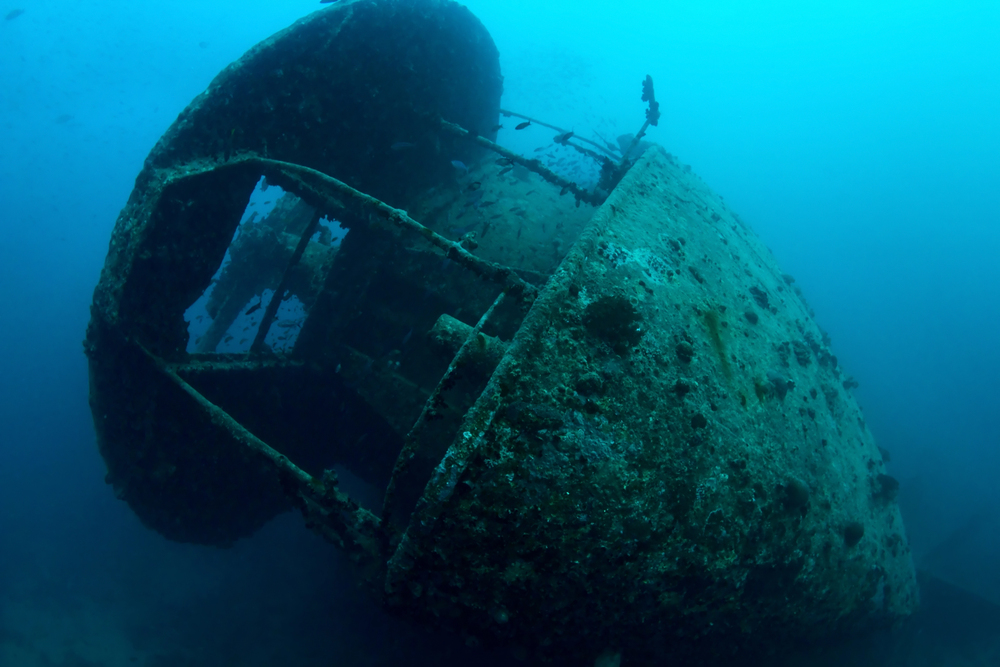
This British merchant navy ship, sunk during World War II, lies in 100 feet of water off the coast of Egypt’s Sinai Peninsula. The vessel still contains its original cargo of motorcycles, trucks, rifles, and railway cars, making it one of the most fascinating wreck dives in the world.
The relatively warm waters and excellent visibility of the Red Sea provide ideal diving conditions year-round.
USAT Liberty, Tulamben, Bali
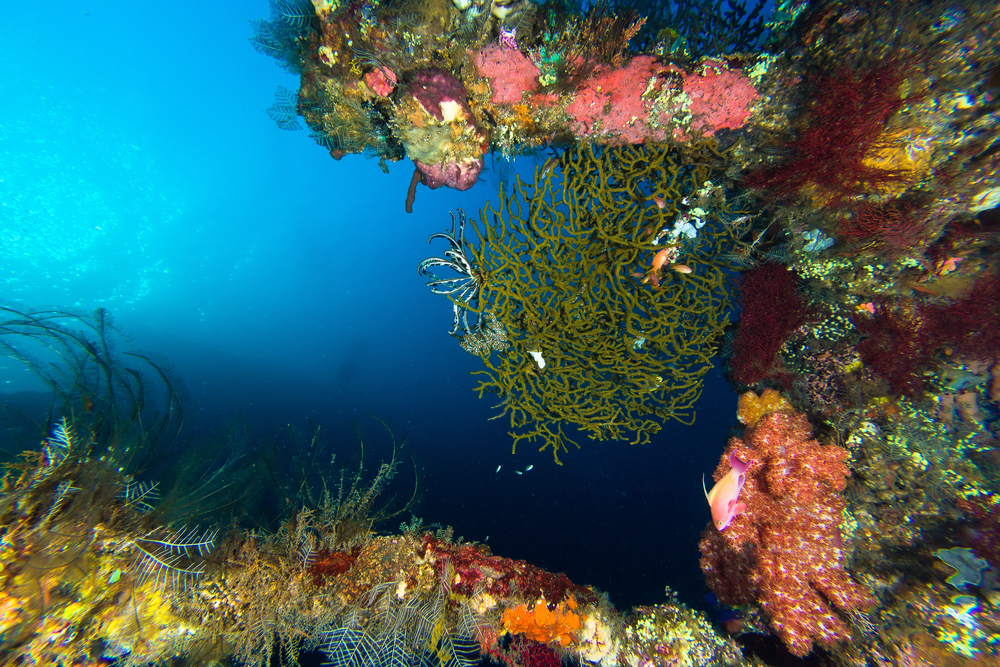
Resting just 100 feet from the beach in Tulamben, this US Army cargo transport ship offers one of the most accessible wreck dives in the world. The shallow depth, ranging from 10 to 90 feet, combined with typically calm conditions, makes it perfect for novice and experienced divers.
The wreck has become an artificial reef teeming with marine life, including massive schools of jackfish and resident barracuda.
Like Travel Pug’s content? Follow us on MSN.
SMS Markgraf, Scapa Flow, Scotland
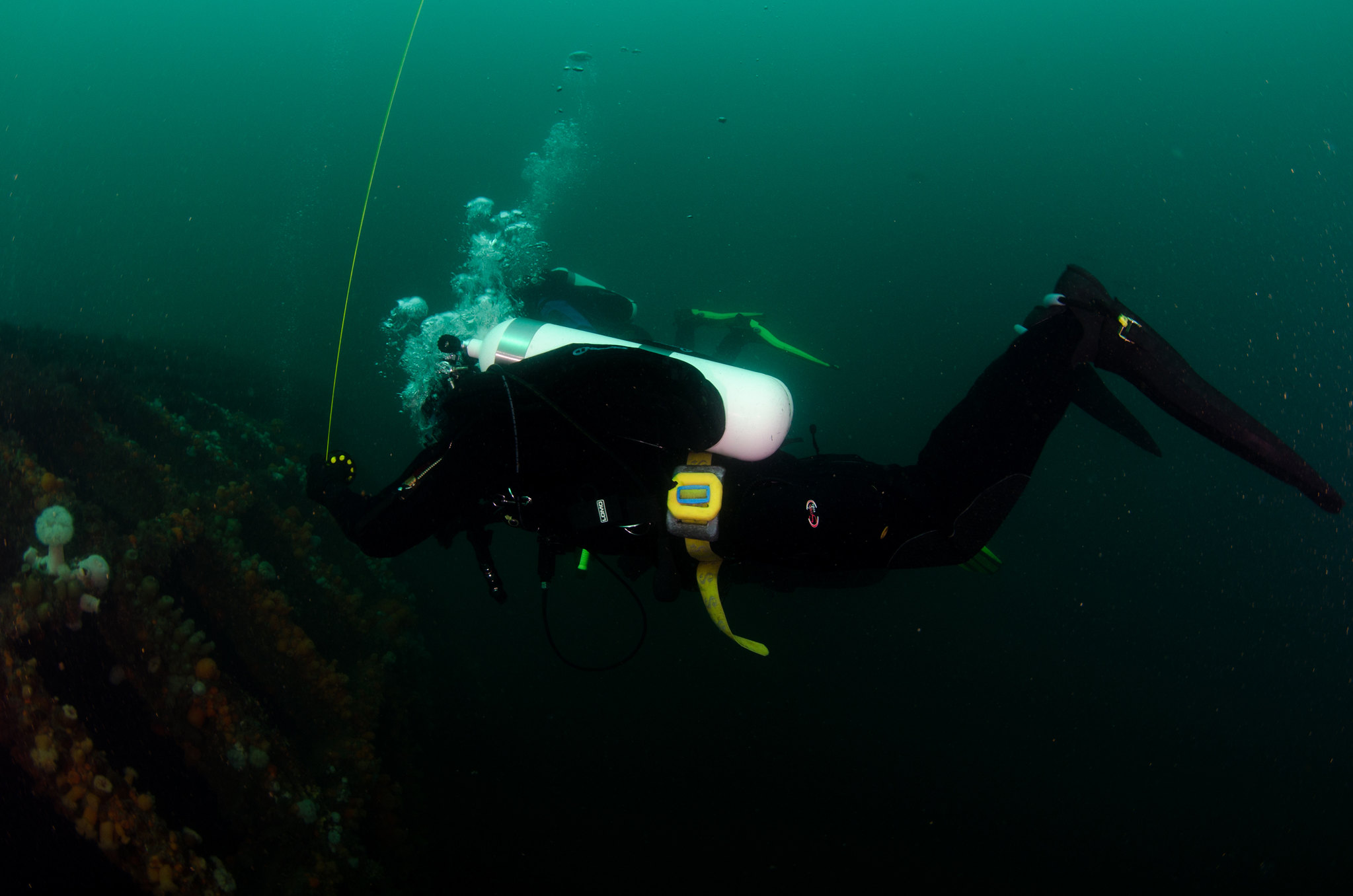
The World War I German battleship is 150 feet underwater, upside down, in the frigid waters of Scapa Flow. Although much of this gigantic vessel lies here, the hull and gun turrets remain intact and recognizable.
Conditions are difficult, and diving to such depths requires a high level of technical experience and training.
USS Saratoga, Bikini Atoll, Marshall Islands
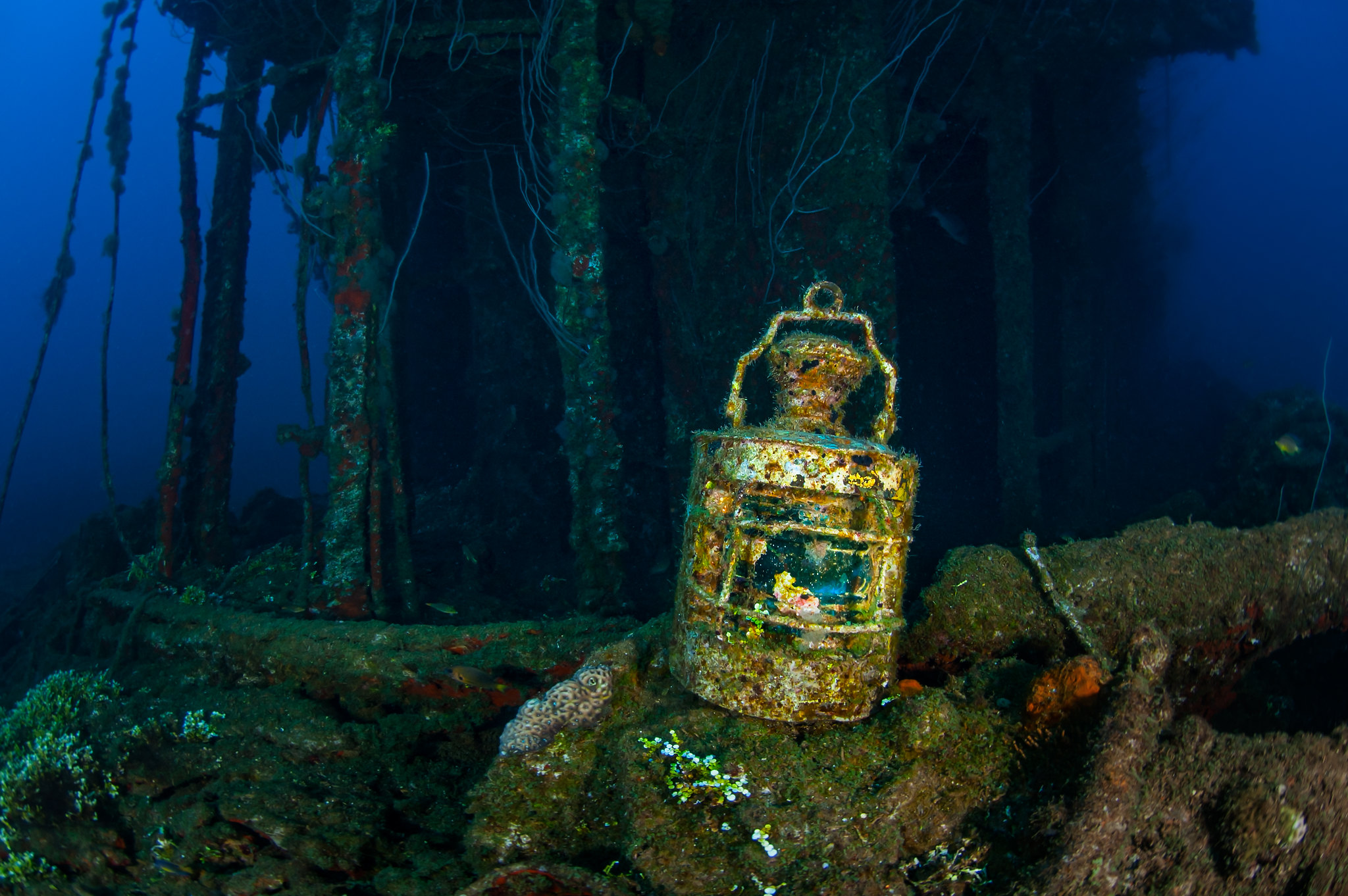
This is a nuclear-test-affected aircraft carrier that sunk in 1946. The waters are crystal clear, reaching depths as far as 190 feet. The ship’s massive flight deck, bridge, and numerous aircraft elevators remain intact.
The remote location and technical diving requirements make this an exclusive destination for serious wreck enthusiasts.
Fujikawa Maru, Truk Lagoon, Micronesia
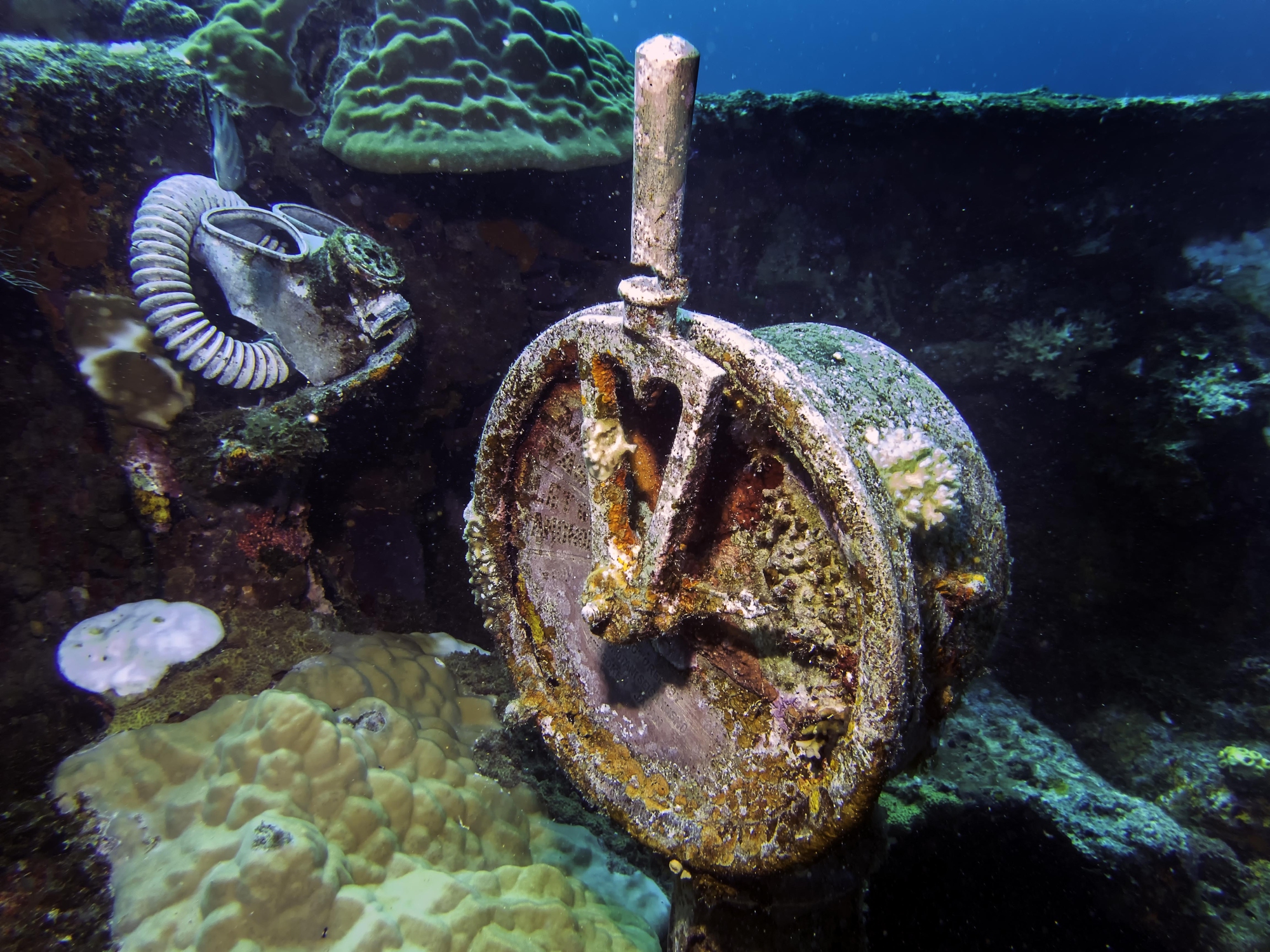
This former Japanese cargo vessel, sunk during Operation Hailstone in 1944, sits upright in 110 feet of water. The holds still contain fighter aircraft parts, ammunition, and other wartime cargo.
The warm, clear waters and abundant marine life make this wreck particularly photogenic and popular among underwater photographers.
Like Travel Pug’s content? Follow us on MSN.
SS President Coolidge, Vanuatu
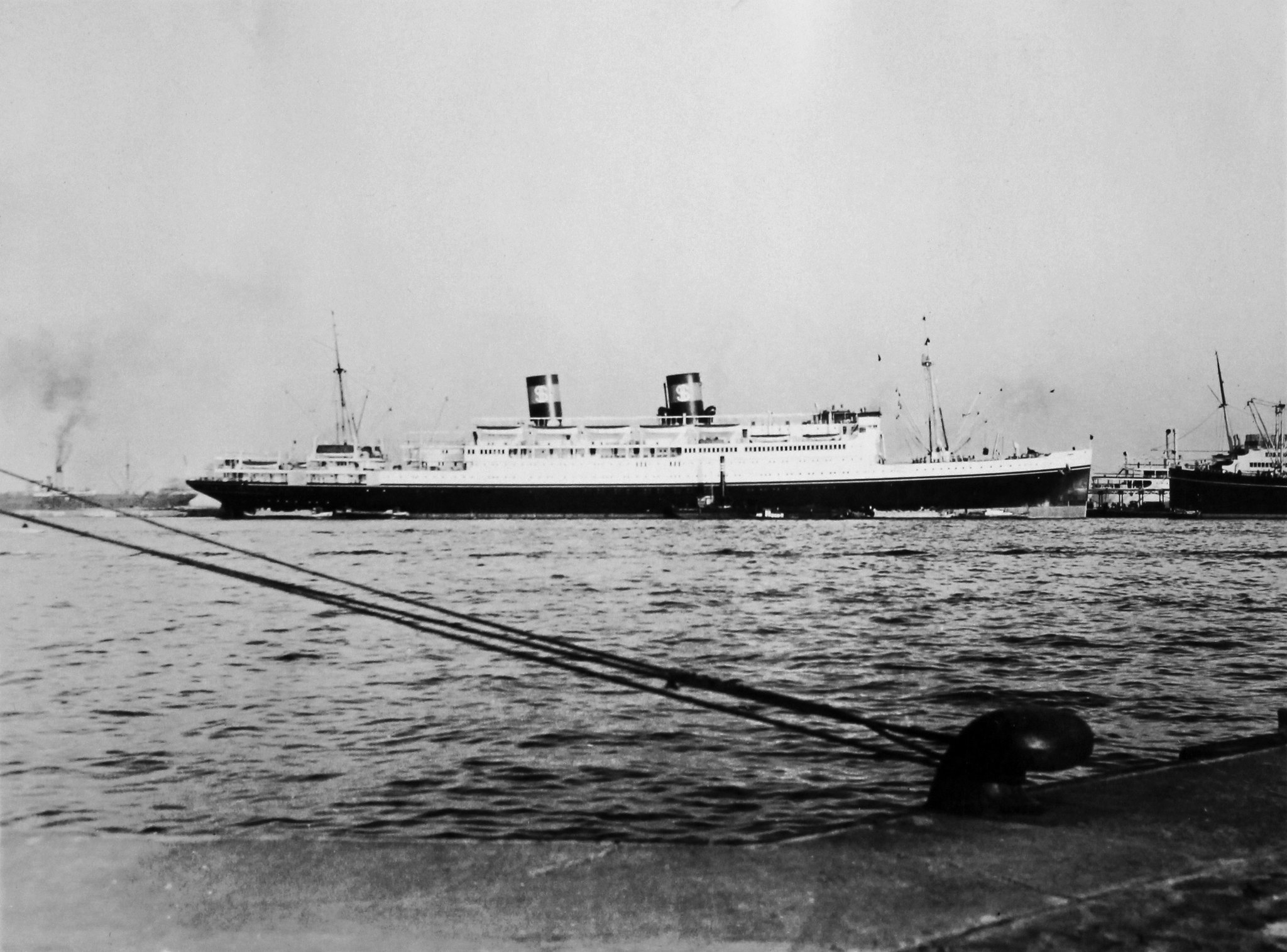
Located off Espiritu Santo island, this luxury liner turned troopship provides one of the largest and most accessible wreck dives in the Pacific. The vessel lies on its side in relatively shallow water, starting at just 65 feet deep.
Properly trained divers can safely explore its vast interior spaces, including the dining room and medical supply areas.
HMS Hermes, Sri Lanka

The world’s first purpose-built aircraft carrier lies 150 feet underwater off Sri Lanka’s east coast. Sunk by Japanese aircraft in 1942, the wreck remains remarkably preserved in the warm Indian Ocean waters.
The ship’s distinctive design features, including its early aviation facilities, make it a unique historical dive site.
SS Yongala, Queensland, Australia
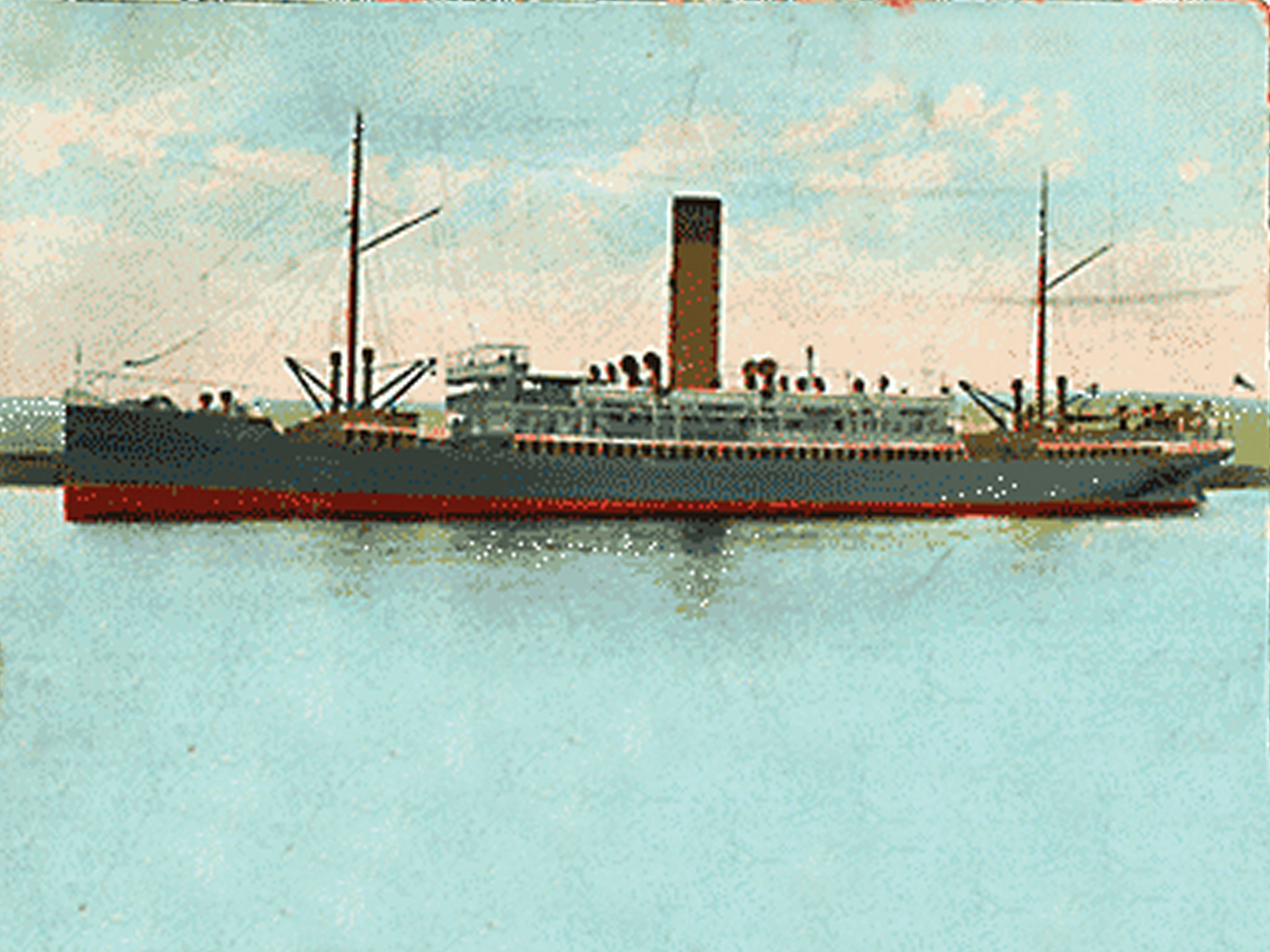
This passenger ship, which sank in a 1911 cyclone, lies intact in 90 feet of water within the Great Barrier Reef Marine Park. The wreck has become a magnificent artificial reef, hosting an incredible variety of marine life, including sea turtles, eagle rays, and giant Queensland groupers.
Strong currents and occasional shark encounters add excitement to the dive.
Like Travel Pug’s content? Follow us on MSN.
Umbria, Port Sudan, Sudan
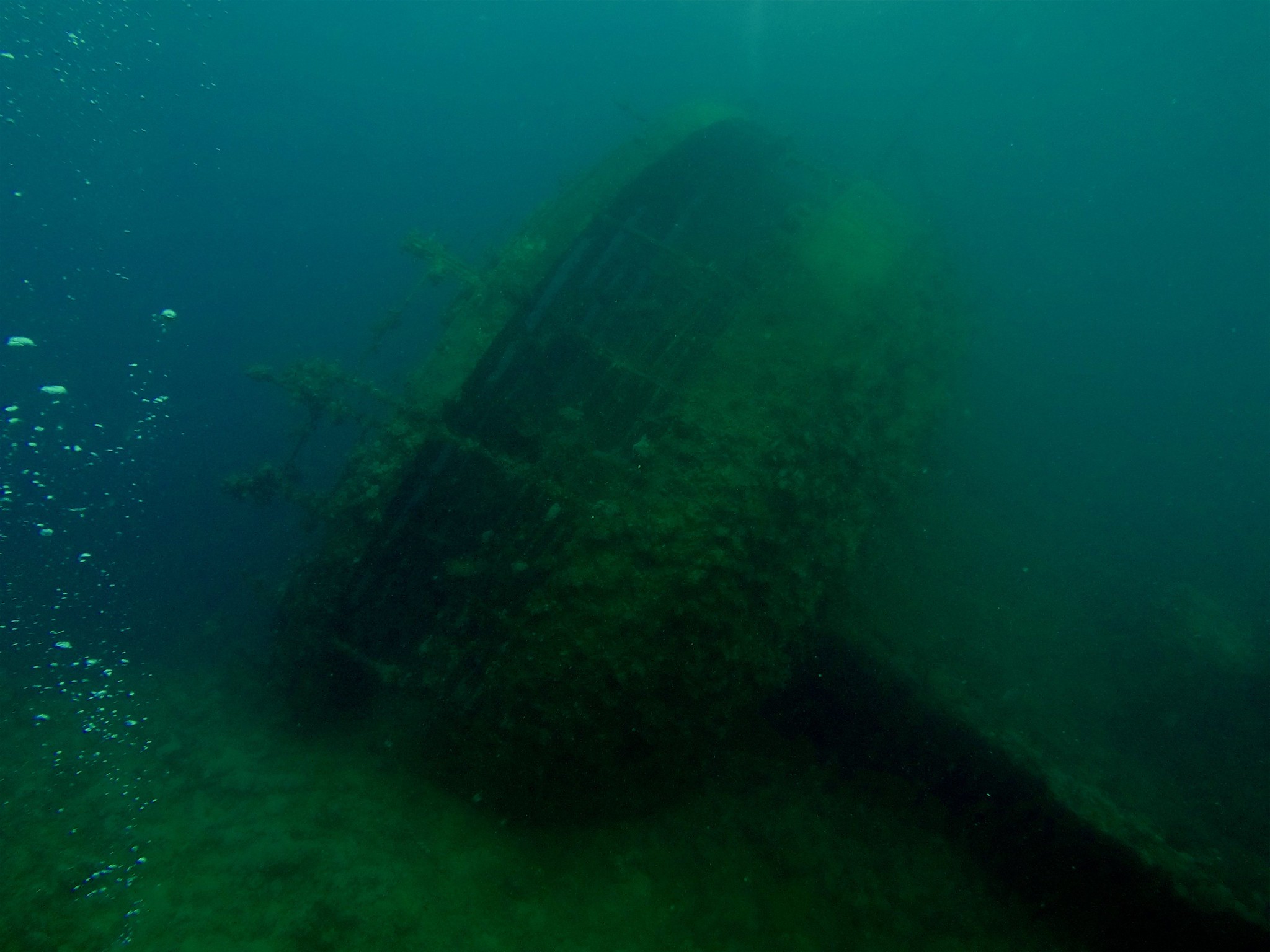
This Italian cargo ship was scuttled by its captain in 1940 to prevent the British from seizing its cargo of bombs and ammunition. The wreck lies on its side in 125 feet of water, with much of its war material still visible in the holds.
The clear waters and abundant marine life make it a photographer’s paradise.
SS Mongolia, Cape Verde Islands
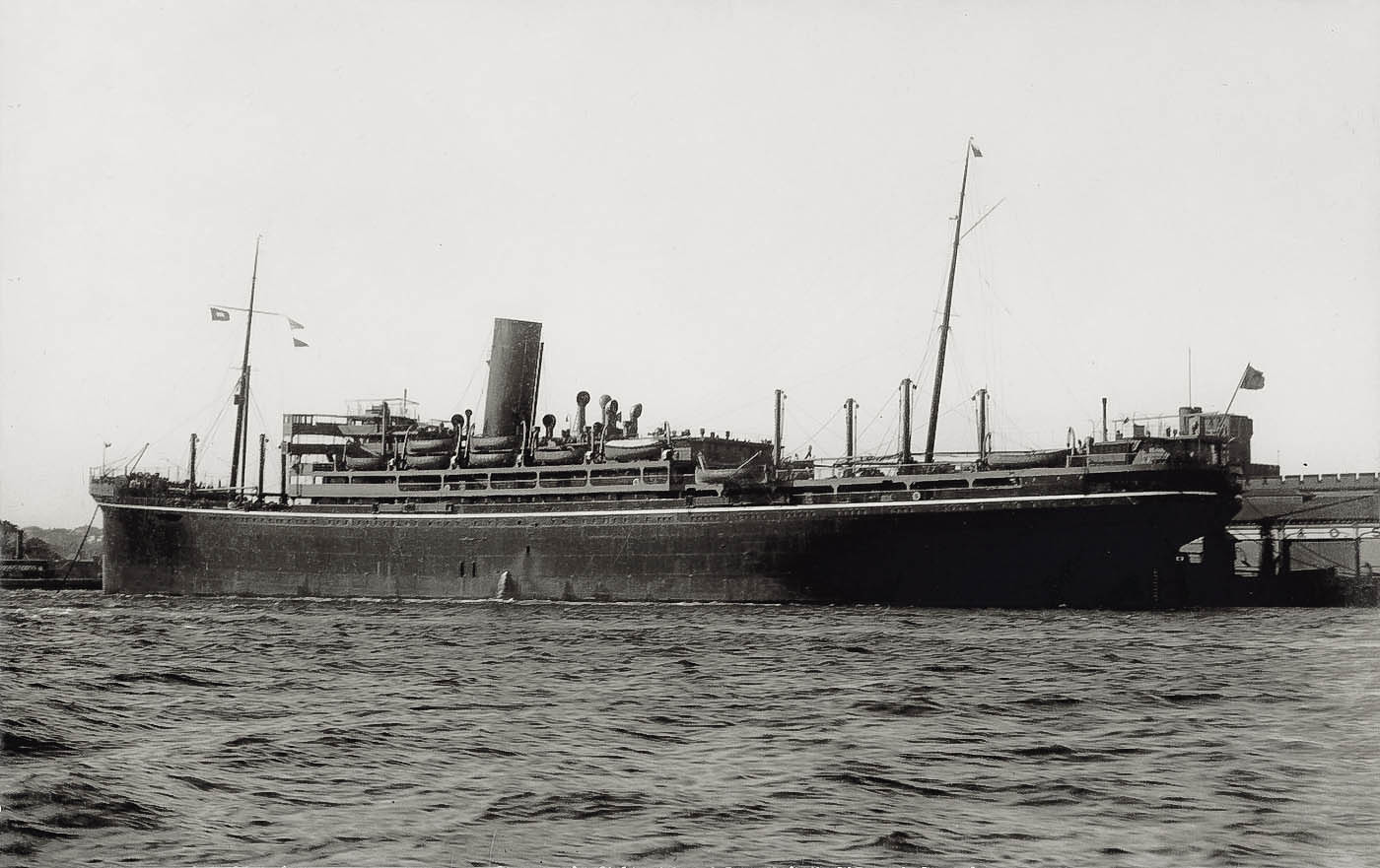
This 19th-century steamer rests in 65 feet of water off Santiago Island, offering an excellent dive for intermediate-level explorers. The wooden decking has long since disappeared, but the iron hull and steam engines remain largely intact.
The wreck is home to large schools of tropical fish and occasional visits from migrating whale sharks.
Bianca C, Grenada
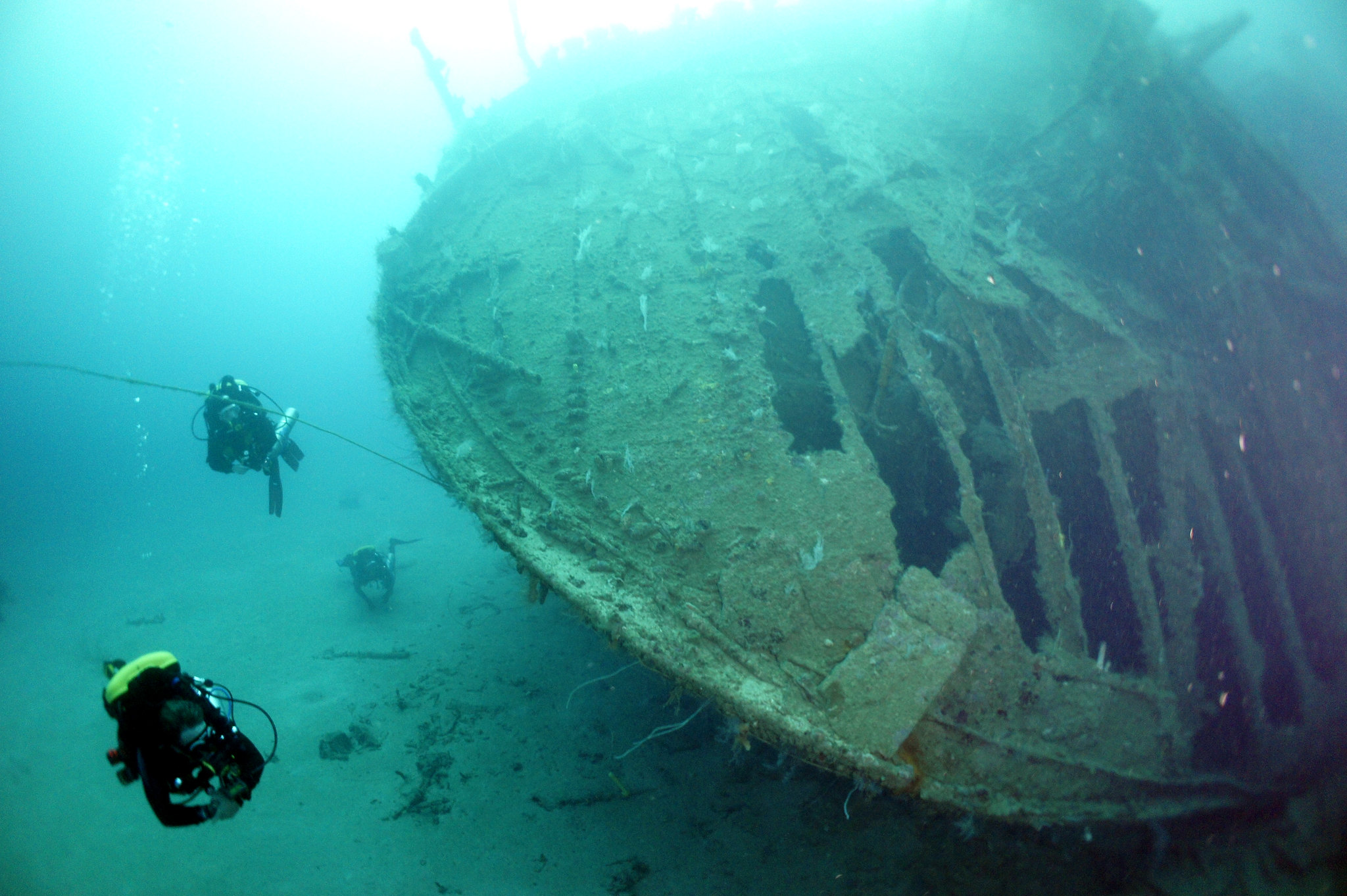
Known as the ‘Titanic of the Caribbean,’ this Italian passenger ship lies in 165 feet of water off Grenada’s coast. The 600-foot-long vessel offers multiple deck levels to explore, including its impressive swimming pool and grand staircase.
The warm waters and moderate currents make it accessible to advanced recreational divers.
Like Travel Pug’s content? Follow us on MSN.
RMS Rhone, British Virgin Islands
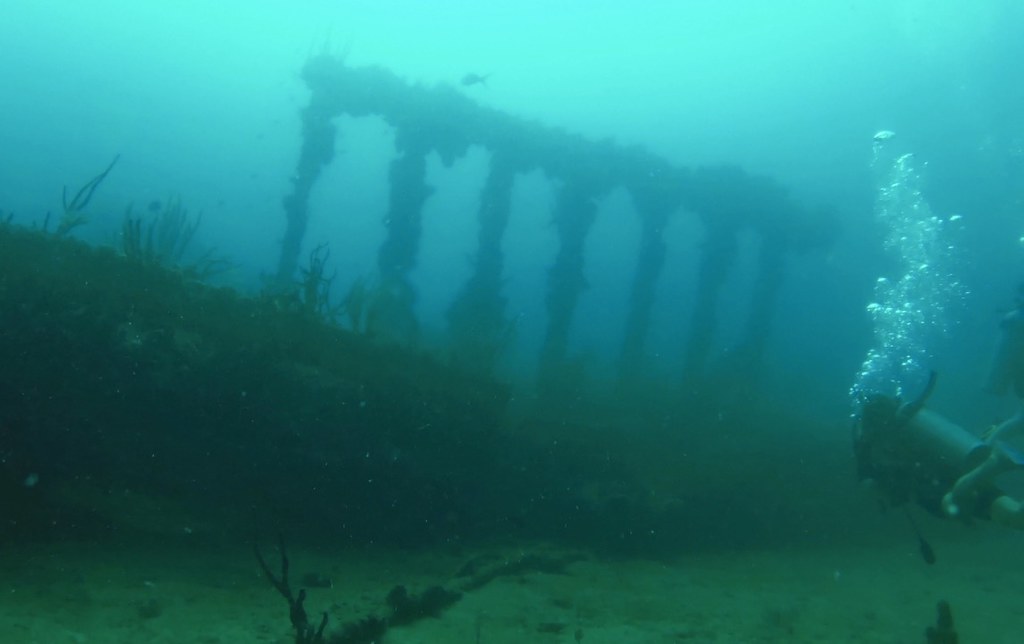
Split in two by a hurricane in 1867, this royal mail ship remains one of the Caribbean’s premier wreck dives. The main section lies in 80 feet of water, while the bow section is slightly shallower.
The site’s protected status within a marine park has helped preserve the wreck and its abundant marine life.
El Vencedor, Baja California, Mexico
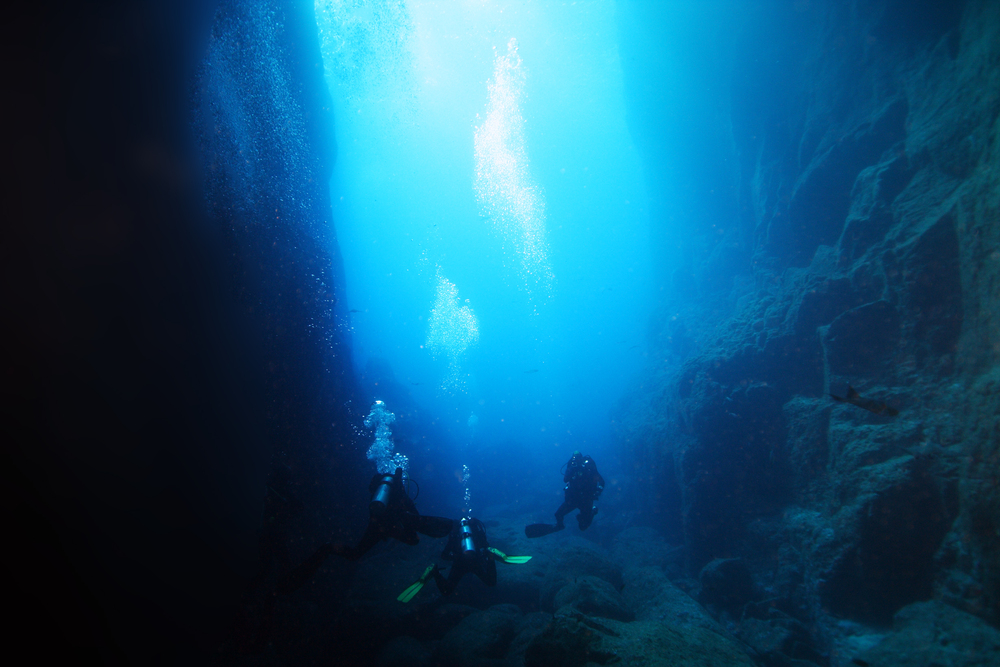
This former Mexican gunboat rests in 85 feet of water off the coast of Cabo San Lucas. Its relatively small size makes it perfect for a single-dive exploration.
The wreck attracts large schools of snapper and grouper, and its location near the confluence of the Pacific Ocean and Sea of Cortez attracts larger pelagic species.
SS Dunraven, Red Sea, Egypt
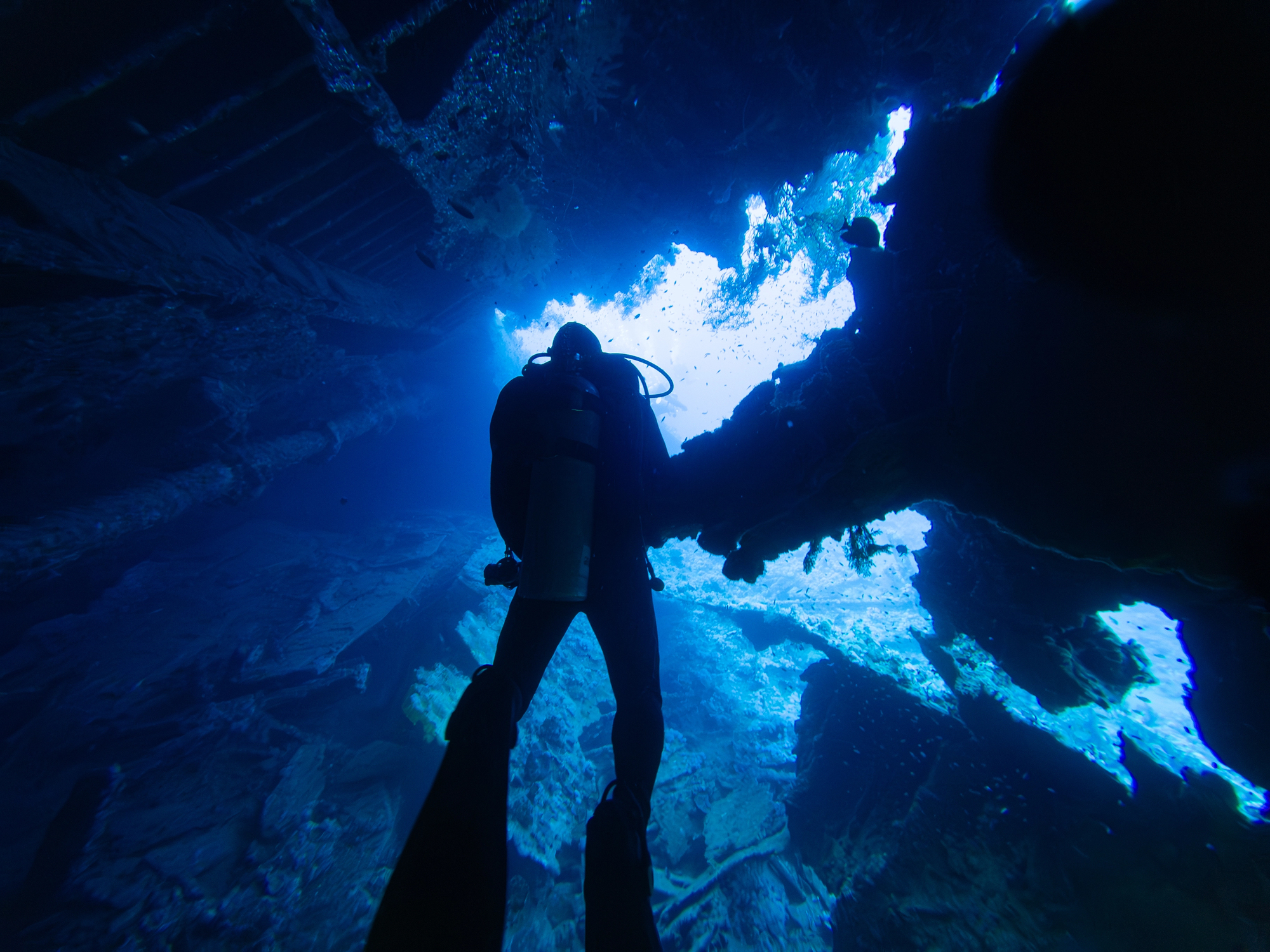
This 19th-century British steamship struck a reef and sank in 1876, coming to rest upside down in 90 feet of water. The wreck’s broken hull provides numerous swim-throughs and caverns to explore.
The site’s proximity to popular dive resorts makes it easily accessible for recreational divers.
Like Travel Pug’s content? Follow us on MSN.
USS Oriskany, Florida, USA
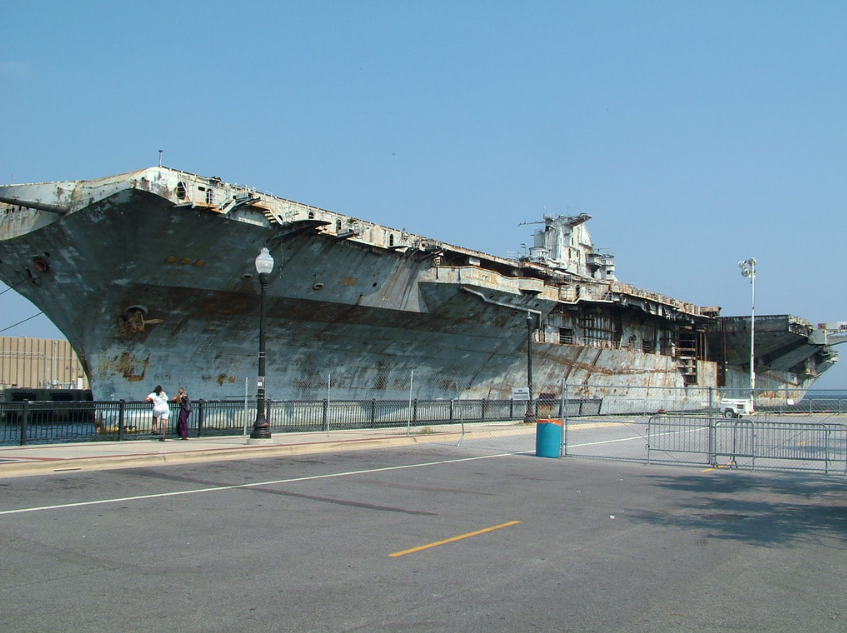
Nicknamed the Great Barrier Reef, this aircraft carrier was purposely sunk in 2006 to create an artificial reef. The flight deck begins at 145 feet, and the island structure extends up to 84 feet below the surface.
The sheer size of the vessel and its abundant marine life make it a bucket-list dive for many enthusiasts.
SS Sapona, Bimini, Bahamas
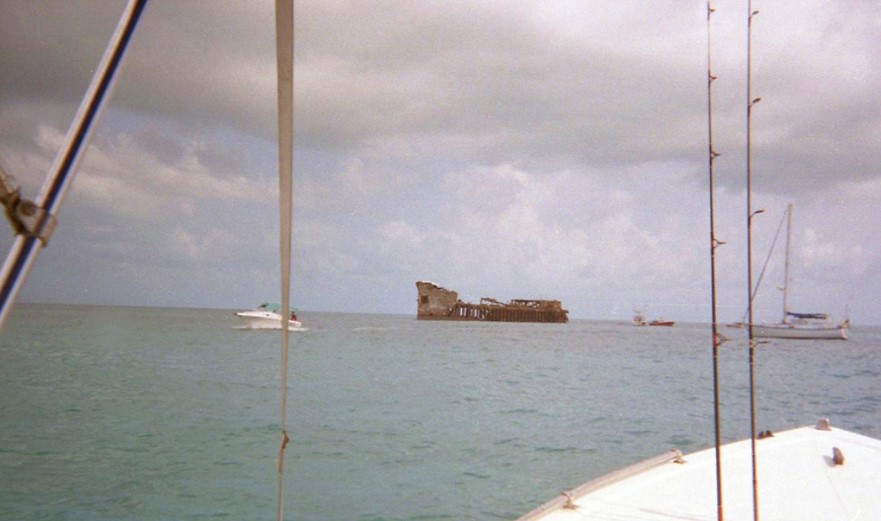
This concrete-hulled cargo steamer ran aground during a hurricane in 1926 and now sits in just 15 feet of water. The shallow depth and clear waters make it perfect for snorkelers and beginner divers.
The wreck’s rich history includes use as a rum-runner during Prohibition and a World War II bombing target.
Zenobia, Cyprus
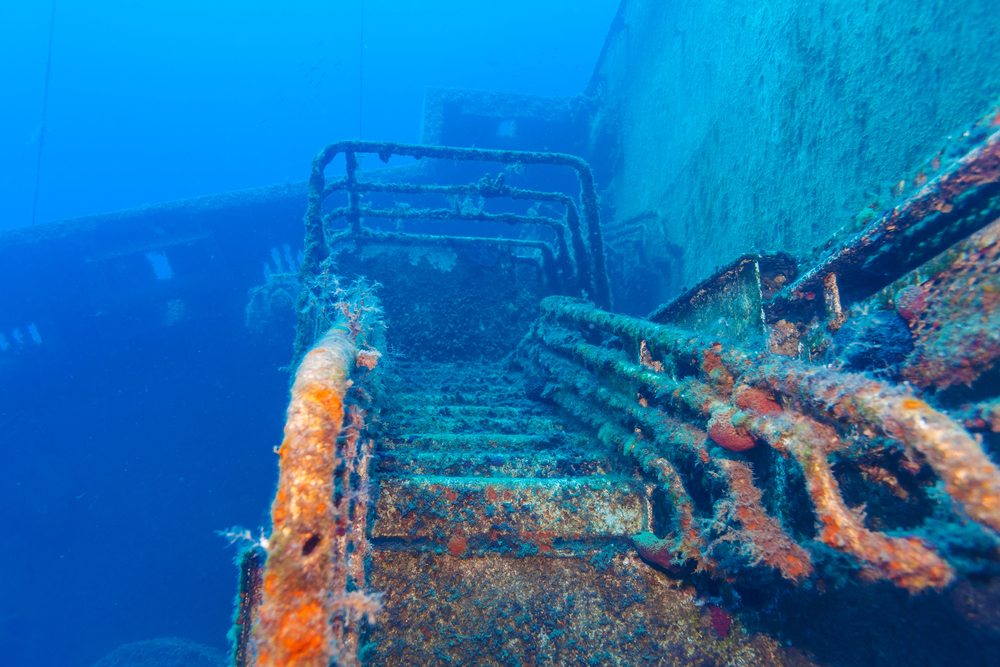
This roll-on-roll-off ferry sank on its maiden voyage in 1980, carrying 120 trucks to the bottom. The wreck lies on its side in 140 feet of water, offering excellent penetration opportunities for technical divers.
The Mediterranean location provides good visibility and comfortable diving conditions most of the year.
Like Travel Pug’s content? Follow us on MSN.
HMS Maori, Malta
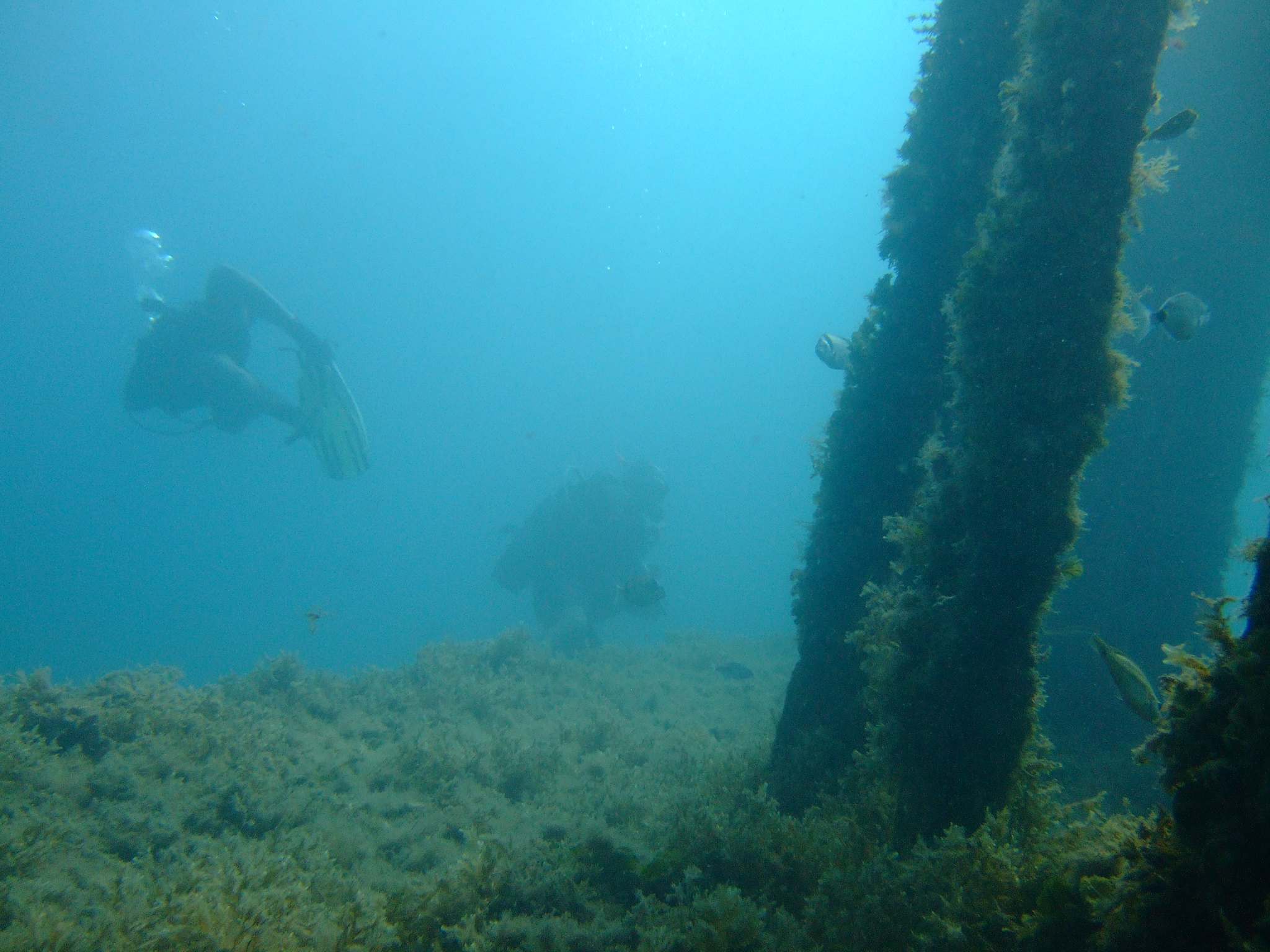
This tribal-class destroyer, sunk during World War II, rests in 40 feet of water within Valletta’s harbor. The shallow depth and protected location make it an ideal training site for wreck diving.
The wreck’s accessibility and historical significance have made it one of Malta’s most popular dive sites.
SS Antilla, Aruba
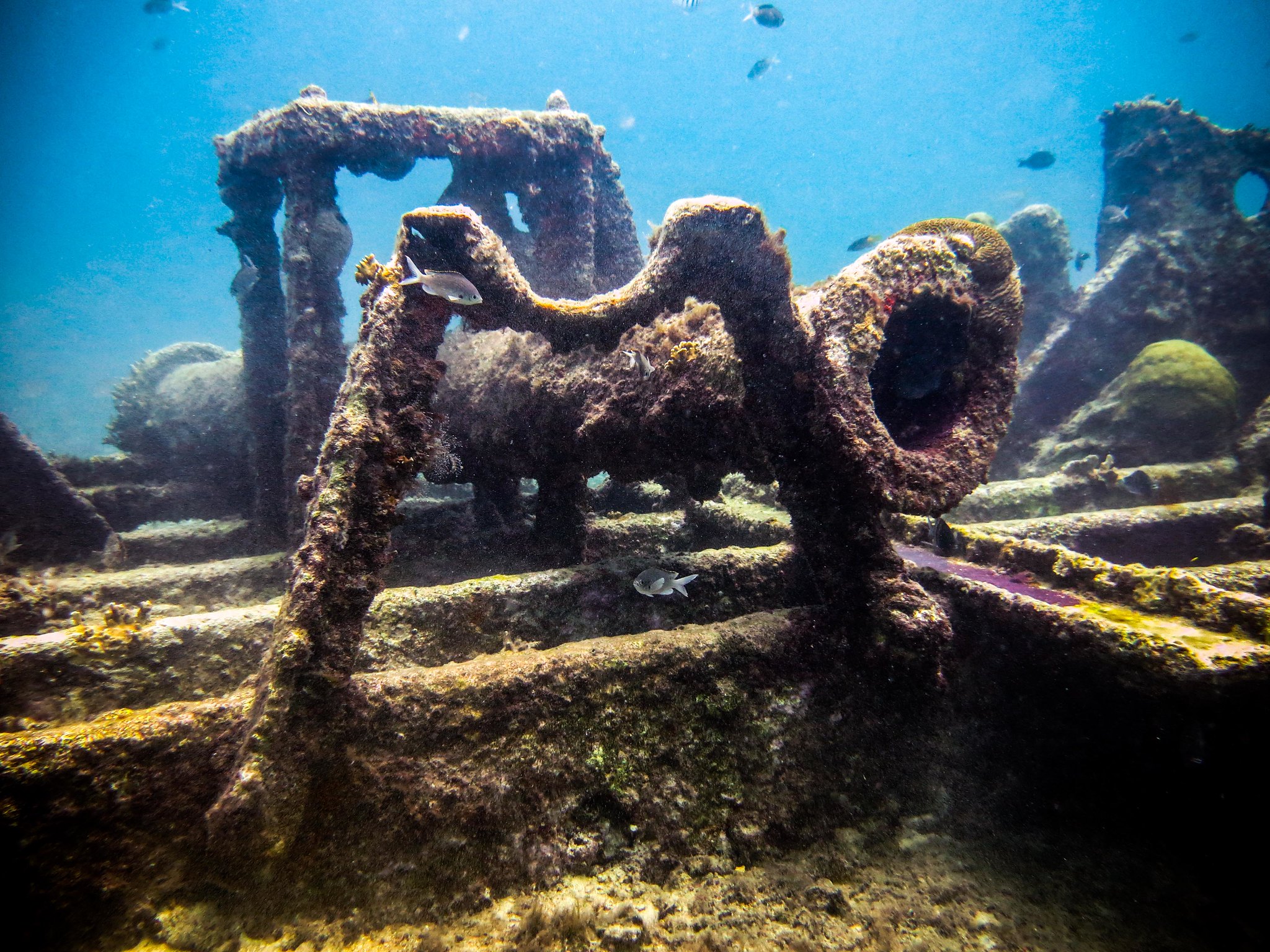
This German cargo ship was scuttled by its crew in 1940 to prevent capture by Allied forces. The wreck lies in 60 feet of water and has been broken into several large sections by storms.
The relatively shallow depth and clear Caribbean waters make it a favorite among novice and experienced divers.
SS Tile Wreck, Coron Bay, Philippines
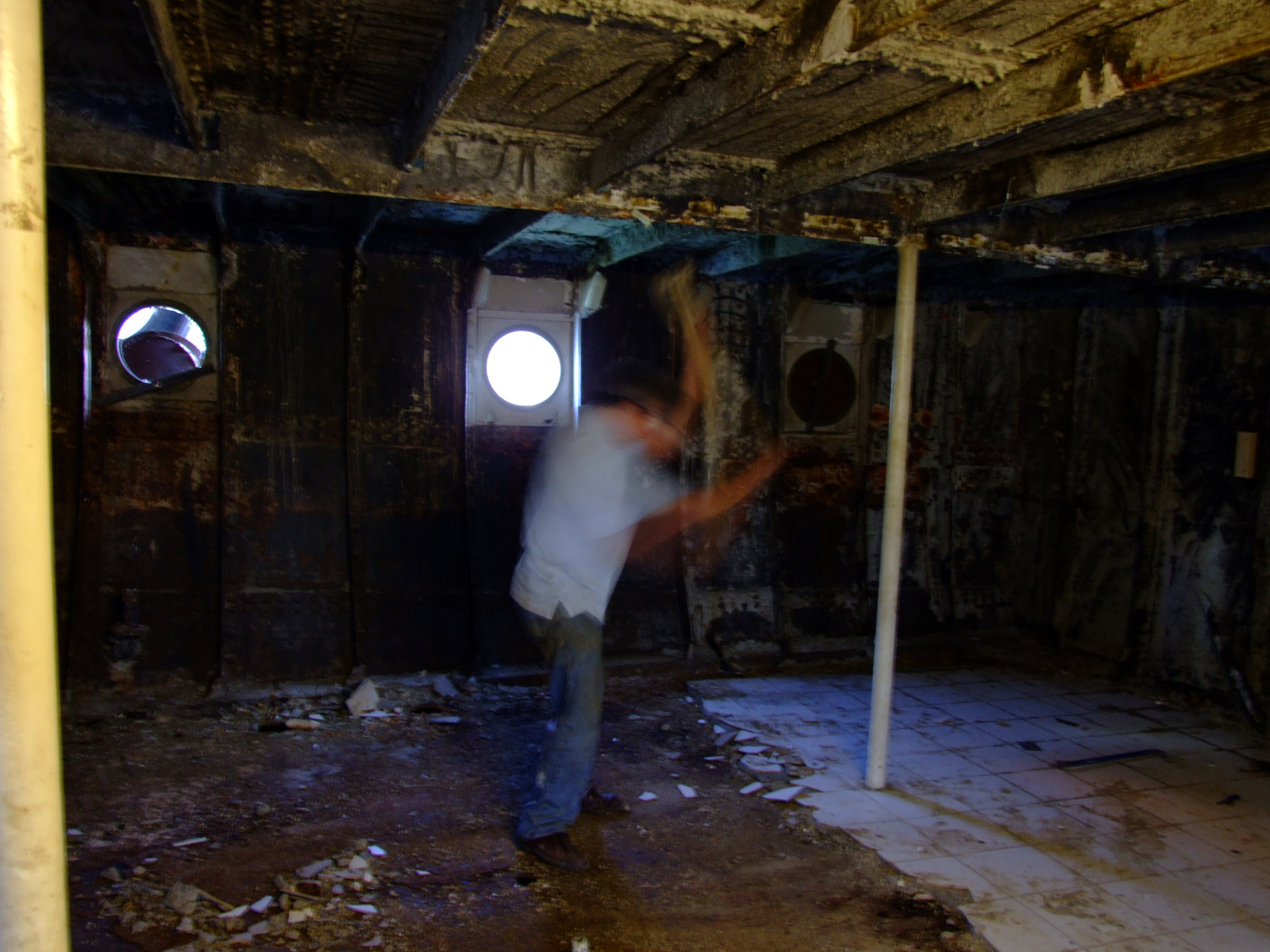
This Japanese supply vessel, sunk during World War II, rests in 85 feet of crystal-clear water off Coron Island. The ship’s cargo of ceramic tiles remains stacked in the holds, creating an eerie underwater museum that offers excellent opportunities for penetration diving.
The surrounding waters teem with tropical marine life, making this site a perfect blend of historical significance and natural beauty.
Like Travel Pug’s content? Follow us on MSN.
Preserving History Through Responsible Exploration

As we explore these remarkable underwater time capsules, we must remember our role in preserving them for future generations. Each wreck represents a diving destination and a piece of maritime history that tells important stories about our past.
Through responsible diving practices and respect for these sites, we can ensure these underwater museums continue to educate and inspire divers for years.
More from Travel Pug

- 15 Dangerous European Cities to Avoid
- 15 Caribbean Islands Where Tourists Keep Getting Scammed
- The 20 Most Fascinating Abandoned Places: A Journey Through Time and Forgotten Spaces
- 15 Hidden Places in the Smithsonian Museums Locals Love: A Guide to Lesser-Known Treasures
- 16 Hidden Florida Beach Towns That Aren’t Overrun with Tourists
Like Travel Pug’s content? Follow us on MSN.
